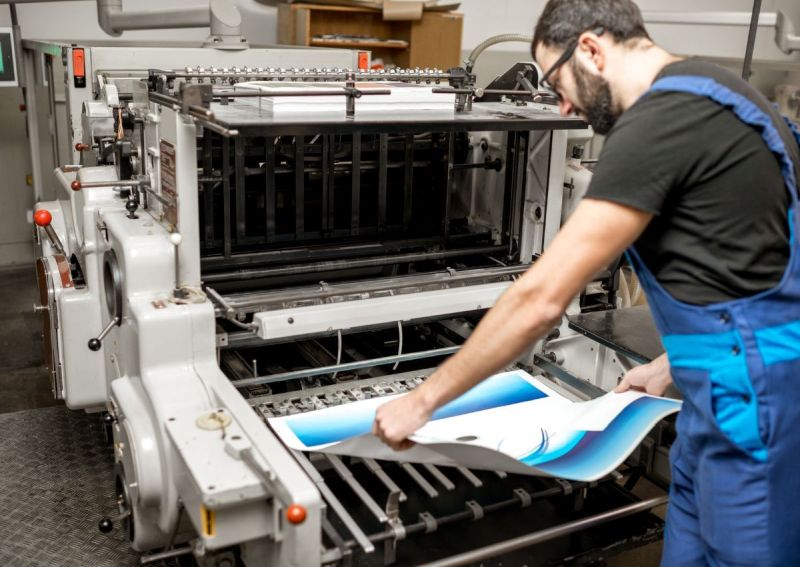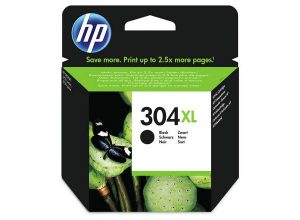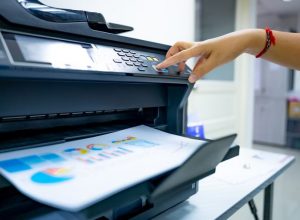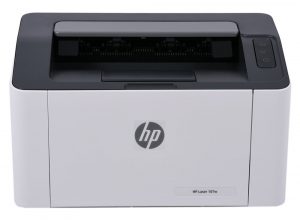Contents
Emerging Trends in Printing and Postage
The landscape of printing and postage is undergoing significant transformation due to technological advancements, shifting consumer preferences, and environmental considerations. Understanding these emerging trends is crucial for businesses and individuals involved in the printing and mailing industries.
Digital Printing Technology
Digital printing has revolutionized the way printed materials are produced. Unlike traditional printing methods, which require extensive setup and printing plates, digital printing allows for quick, on-demand production of high-quality materials. This technology enables personalized printing, where businesses can tailor content for specific audiences. For example, a marketing firm can create individualized brochures or invitations based on customer data.
Sustainability Practices
With growing concerns about environmental impact, sustainability is becoming a critical consideration in printing. Companies are increasingly adopting eco-friendly materials such as recycled paper, biodegradable inks, and energy-efficient printing processes. Many organizations are also implementing sustainable practices in their supply chains. A notable example is the shift towards digital proofs instead of printed ones, which reduces waste and aids in cost-saving.
Integration of Automation and AI
The integration of automation and artificial intelligence (AI) in printing processes is rapidly increasing efficiency. Automated workflows minimize manual intervention, reducing the chance of error and saving time. AI can also optimize the supply chain by predicting printing needs based on historical data, thus maintaining inventory levels. An illustrative example is the use of AI-powered software that adjusts print quality based on the type of material and user requirements.
3D Printing
3D printing, or additive manufacturing, has gained traction across various industries, from healthcare to aerospace. This technology allows for the creation of complex designs and prototypes that traditional printing methods can’t achieve. In healthcare, for instance, 3D printing is employed to produce custom prosthetics and implants, enhancing patient care. Its proliferation stands as a testament to the versatility and capabilities of modern printing technology.
Smart Packaging
Smart packaging refers to packaging that incorporates technology and interactivity. It often includes features like QR codes, NFC chips, or Augmented Reality (AR) elements, enabling consumers to engage with the content directly via smartphones. This innovation not only enhances the customer experience but also provides valuable data for marketers. Companies can analyze consumer interaction with the packaging, allowing for better targeting and market understanding.
On-demand Printing Services
The demand for on-demand printing services is growing, particularly among small businesses and entrepreneurs. These services allow customers to print only what they need, reducing excess inventory and costs. Companies like Moo or Vistaprint have capitalized on this trend, offering customizable stationery and marketing materials at scale. Such services exemplify the shift towards a more consumer-centric production model.
Hybrid Mail Solutions
Hybrid mail combines traditional mailing with digital processes. This innovation allows organizations to send digital documents that are printed and mailed by a service provider. It streamlines mail handling, ensuring that time-sensitive materials can be processed efficiently without manual handling. For instance, banks often use hybrid mail solutions to send customer statements while maintaining cost-effectiveness.
Table: Key Trends in Printing and Postage
| Trend | Description | Industry Impact |
|---|---|---|
| Digital Printing | On-demand, high-quality production without extensive setup. | Increased personalization and reduced turnaround time. |
| Sustainability | Eco-friendly materials and practices in printing. | Enhanced brand image and compliance with environmental regulations. |
| Automation and AI | Integration of technology for efficient workflows. | Reduction of errors and optimization of resource usage. |
| 3D Printing | Creation of three-dimensional objects using digital models. | Expanding applications across multiple industries. |
| Smart Packaging | Interactive packaging that engages consumers. | Improved marketing data and customer experiences. |
| On-demand Services | Producing materials as needed rather than stocking inventory. | Cost reduction and increased flexibility for businesses. |
| Hybrid Mail | Combining digital documents with traditional mailing services. | Efficiency in processing and cost management for mailing. |
Conclusion
The trends in printing and postage are evolving rapidly, driven by technological advancements and market demand for more sustainable and efficient solutions. Companies that stay ahead by embracing these developments can enhance their operational efficiency, improve customer satisfaction, and position themselves effectively within a competitive marketplace.






